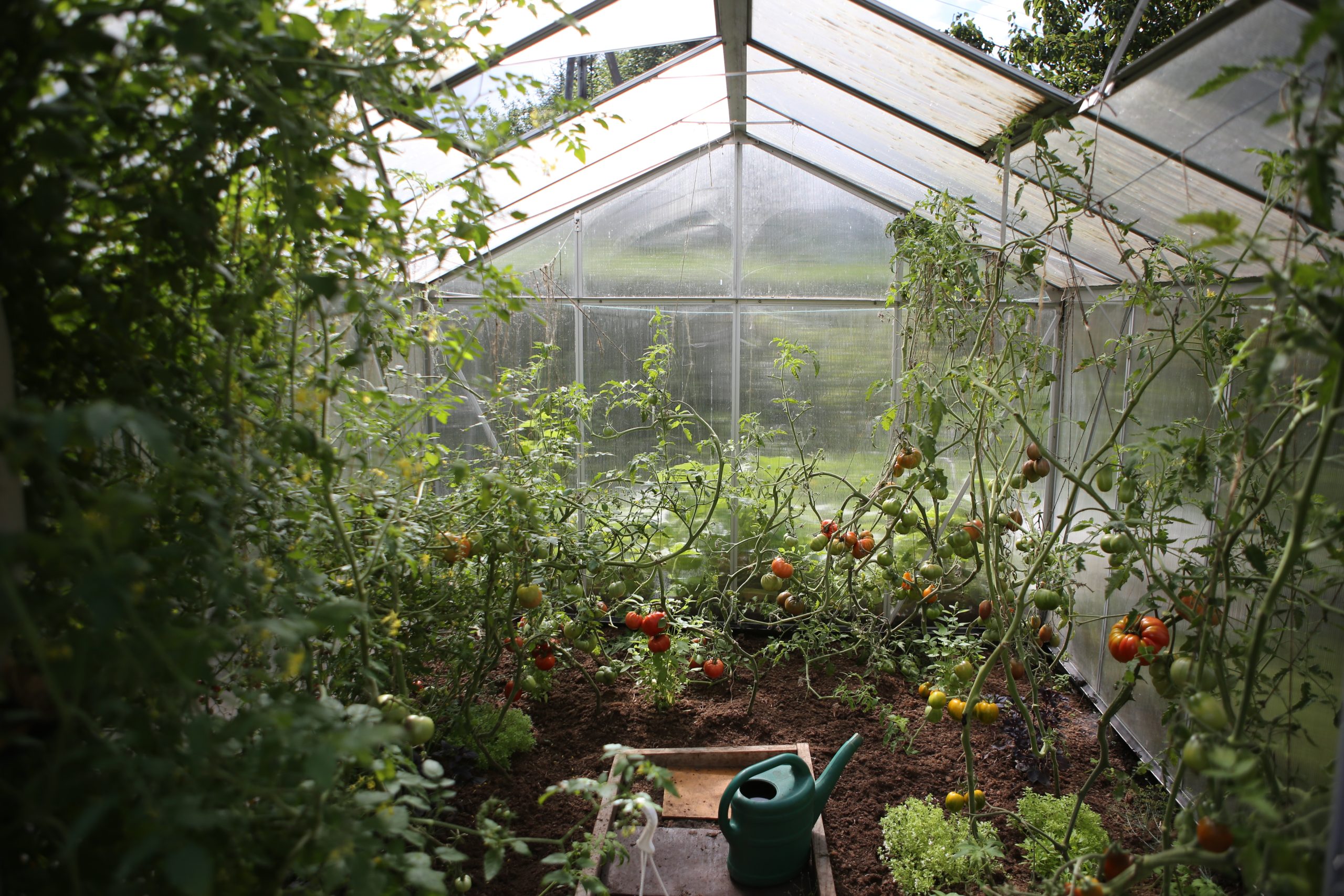Are you looking to transform your outdoor space into a beautiful and functional garden oasis? With the right planning, plant choices, and maintenance techniques, creating a stunning DIY garden design is easier than you might think. Whether you have limited space or an expansive yard, this blog post will guide you through the essential steps for crafting a vibrant and thriving garden that enhances your property’s curb appeal while providing valuable benefits for your physical and mental wellbeing. Get ready to roll up your sleeves and unleash your inner green thumb with these tips on how to create a stunning DIY garden design!
Planning Your Garden
Planning is an essential step in creating a beautiful and functional garden. Start by assessing the available space, taking into account factors such as sunlight exposure, soil quality, drainage, and existing structures.
Consider your goals for the garden. Do you want to create a peaceful retreat or a vibrant entertainment area? Are you looking to grow vegetables or herbs for cooking? Understanding your priorities will help you select plants and features that align with your vision.
Sketch out a rough design of your garden layout, including areas for planting beds, paths, seating areas, and any other desired features. Make sure to leave sufficient room between plants for growth and easy access.
Research different plant types that thrive in your climate zone and meet your aesthetic preferences. Consider factors such as color schemes, bloom times, height variations, foliage textures when selecting plants to ensure year-round interest in the garden.
Once you have developed a clear plan for your DIY garden design project’s scope and direction— it’s time to move on to choosing appropriate plants!
Choosing the Right plants
Choosing the right plants is a crucial step in creating a beautiful and functional garden. It’s important to consider not just their aesthetic appeal, but also their growth habits, maintenance requirements, and overall suitability for your climate.
Start by assessing your site conditions: how much sunlight does it receive? What’s the soil like? Is there good drainage? Based on these factors, you can narrow down your options to plants that will thrive in those conditions.
Consider the purpose of each plant as well. Do you want flowers for cutting or attracting pollinators? Are you looking for shade trees or fruit-bearing shrubs?
When selecting individual specimens, pay attention to their size at maturity. A small sapling may look cute now, but if it grows into a massive tree that crowds out other plants or blocks views of your house, it could become a liability down the road.
Don’t be afraid to mix things up! Combining different colors and textures can add interest and depth to any garden design. Just make sure that all of your selections play nicely together – both visually and functionally – before planting them in permanent spots.
Preparing the Ground
Preparing the Ground is an essential step when it comes to DIY garden design. It ensures that your plants have a healthy environment to grow and flourish. Here are some tips for preparing the ground.
Firstly, clear any weeds or debris from the area you plan to use for your garden. This will prevent unwanted competition for nutrients and water. You can do this by hand or with a weed killer if necessary.
Next, loosen the soil using a tiller or cultivator. This will allow air and water to penetrate more easily, promoting root growth. If you don’t have access to these tools, a pitchfork will also work.
Once you’ve loosened the soil, add compost or organic matter such as leaves or grass clippings on top of it. Mix this into the soil thoroughly using a rake or hoe. This improves drainage and adds valuable nutrients back into the soil.
Level out the ground using a garden rake so that it’s even across all areas where you want plants to be placed.
By preparing your garden bed properly before planting anything in it, you’ll create an optimal growing environment which is ideal for your chosen plants’ needs!
Maintaining your Garden
Maintaining your garden is an essential aspect of creating a beautiful and functional outdoor space. Once you have put in the effort to plan, choose the right plants, and prepare the ground, it’s time to ensure that your garden stays healthy and thriving.
One crucial step in maintaining your garden is regular watering. How often you need to water will depend on factors such as weather conditions and plant type. Consider investing in a drip irrigation system or using a hose with a spray nozzle for efficient watering.
Another important aspect of maintenance is pruning and trimming your plants regularly. This helps maintain their shape, promote growth, and prevent diseases from spreading.
Weeding can also be an ongoing task as unwanted weeds can quickly take over large portions of the garden if left unchecked. Pulling out weeds by hand or using mulch can help control weed growth effectively.
Fertilizing your plants will provide necessary nutrients for optimal growth. Choose organic options whenever possible for best results.
Maintaining your garden may require some effort but staying consistent with these tasks will lead to long-term success!
Conclusion
Designing and creating a beautiful garden is not only rewarding but also an opportunity to reconnect with nature. With the right planning, plant selection, ground preparation, and maintenance routine, you can make your outdoor space both functional and aesthetically pleasing.
Remember that gardening is a continuous process that requires patience and dedication. Don’t be afraid to experiment with different plants or designs until you find what works best for you.
Have fun with it! Gardening should be enjoyable, so take the time to appreciate the beauty of your hard work as well as the natural world around us. Happy gardening!




